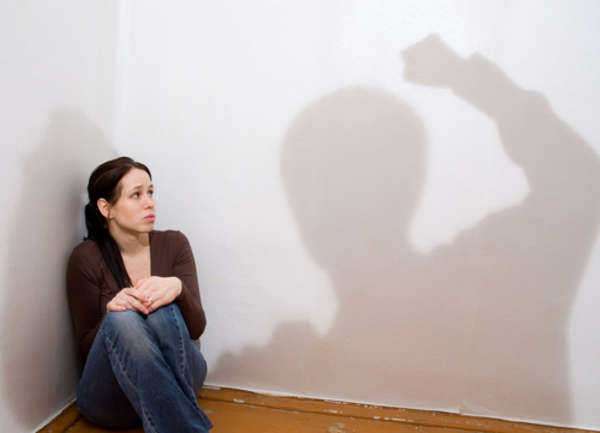Domestic Violence Among Elders

Domestic violence cases concerning elders are, sadly, much more prominent than most would likely expect. While many of the worst cases of injure or harm surrounding elders arise from neglect, many of the elderly are physically abused by others. Domestic violence facts, taken from the Committee on National Statistics & Behavioral and Social Sciences and Education, indicate that somewhere between 1 and 2 million elderly Americans, defined as age 65 or older, have suffered from some form of damage by a party that ostensibly should have given the elderly some protection.
This can easily have been the staff members of the elders’ nursing home, for example, as some domestic violence facts indicate that, among 20,673 investigated complaints of abuse of several different kinds in nursing homes of a single state, physical abuse was the most commonly perpetrated in those nursing homes.
In many domestic violence cases involving the elderly, women suffer more greatly than do men, though on the whole, domestic violence facts indicate that they are equally likely to actually suffer from some form of domestic violence or abuse. For an elderly female, domestic violence facts indicate that her husband is most likely to cause her harm, with her son being the next most likely, and her daughter being the third most likely.
These incidences are almost inherently worse than most instances of domestic violence, as the elderly are significantly more susceptible to the damage resulting from any form of physical violence. But the danger of these crimes rises even more when one takes into account another startling set of domestic violence facts. Most domestic violence cases involving the elderly do not go reported.
According to one set of domestic violence facts, domestic violence cases involving elders are generally only reported one out of fourteen times. This outlines one of the inherent problems of dealing with domestic violence cases involving the elderly; most of these cases simply pass by, unknown.
Even domestic violence facts concerning elder abuse are uncertain and not clearly supported, as the actual statistics surrounding incidences of domestic violence and elders are ill-determined. The data which is used to determine statistics for domestic violence cases concerning elders is unreliable at best, because of the sheer number of cases which go unreported.
Most domestic violence cases involving elders also involve the abuse of power in a manner somewhat similar to domestic violence cases involving children. Caretakers are given power over the elderly, as the elderly simply cannot take care of themselves, and require assistance. These caretakers then abuse that power by harming the elderly under their care.
Domestic violence facts indicate that domestic violence cases involving elders may involve sexual assault, along with physical assault and more intangible damage, such as psychological abuse. While abuse of elders may also often involve simple inaction on the part of the caretaker, thereby abusing the elderly individual not through direct damage, but through denying the elderly person necessary help, there is no denying that domestic violence cases in which the elderly person is directly, violently abused are particularly insidious and damaging.














